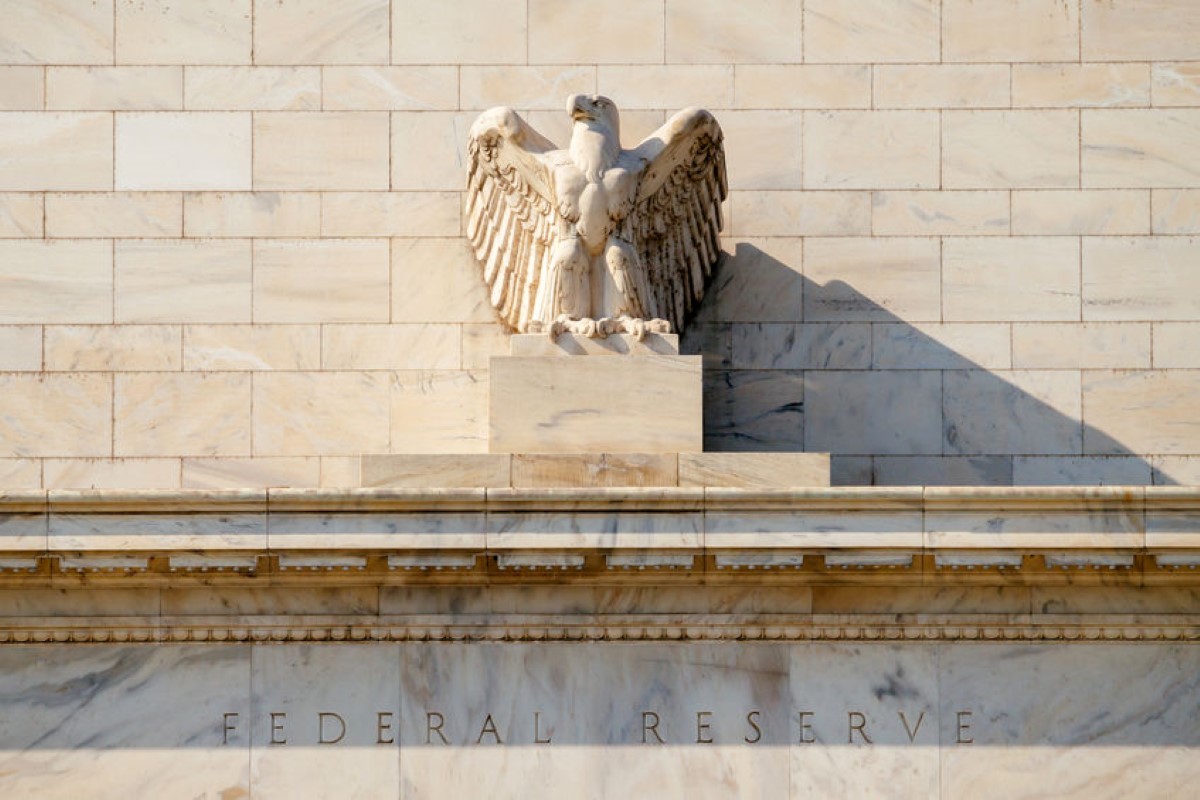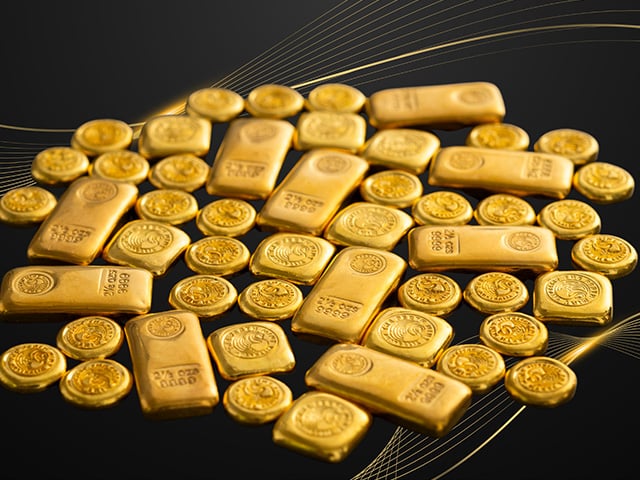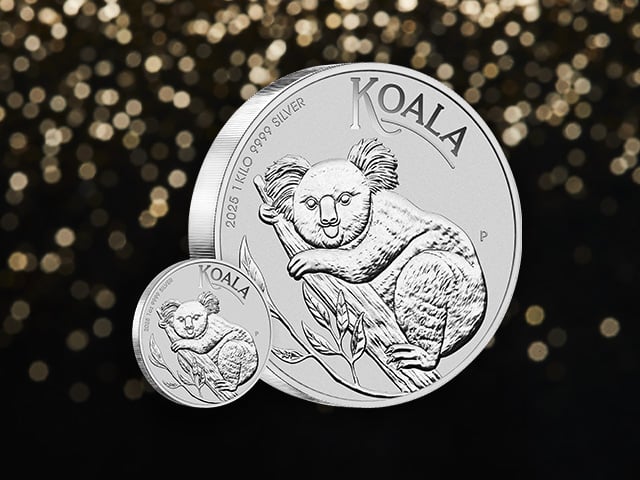Metals rally as Federal Reserve eases again

Precious metal prices rallied in October, led by silver which rose by more than 6.5% in US dollar terms.
Gains for Australian investors were moderate due to the increase in the AUD while global gold ETF holdings rose by more than 2% for the month.
New research highlights long-term demand for gold will be supported by low-to-negative yields on fixed income investments.
Risks in equity markets and pessimism among US company CEOs support role of gold as a risk hedge in current market environment
Full monthly review - October 2019
October was a positive month for US gold and silver prices with the precious metals rising 2.77% and 6.65% respectively. Returns for Australian dollar (AUD) investors were also favourable, with silver up by 4.34% and gold 0.61% in local currency terms.
The more modest returns seen by Australian investors can be attributed to the increase in value of the AUD which closed the month trading just below USD 0.69. This occurred despite the widely anticipated interest rate cut by the Reserve Bank of Australia, which reduced the local cash rate to a new all-time low of just 0.75% in early October. Long-term government bond yields in Australia rose across the month which contributed to the rise in the AUD.
The AUD wasn’t the only currency to gain during October. The USD lost more than 2% of its value against several key currencies, as measured by the USD index.
The weakness in the dollar was driven by a number of factors including ongoing trade tensions between the United States and China, and the 0.25% interest rate cut delivered by the US Federal Reserve in late October. This brought the US federal funds rate target range down to 1.50–1.75%.
ETF flows positive
October saw another positive month for global gold ETF flows, with preliminary estimates based on Reuters data suggesting global gold ETFs increased holdings by more than 2%.
As has been the case for much of the last 12 months, demand in Australia was particularly strong. This is evidenced through the growth of The Perth Mint’s own ASX-listed gold product (ticker: PMGOLD) which saw a more than 4% increase in the size of its holdings in October alone.
The product has grown by 40% in the past year, more than double the global average, as Australian investors allocate capital to precious metals.
Long-term drivers in place
One of the likely long-term drivers for gold will be the extremely limited-to-negative real returns available in traditionally safe, fixed-income assets such as government bonds.
In the early 1980s, investors in the United States and Australia could earn yields of more than 15% by investing in longer-term government bonds. Returns have been falling ever since, driven by one of the greatest bond bull markets in recorded human history.
The movement in the United States bond market across the past four decades has been so extreme that, according to a late October 2019 research report from the World Gold Council (WGC), the bond market now has:
- More than USD 13 trillion in negative yielding debt globally.
- Negative real yields for the vast majority of developed market sovereign debt.
- Negative nominal yields for 26% of developed market sovereign deb.
Titled Investment update
It may be time to replace bonds with gold, the WGC report noted that considering the yield environment investors face today, institutional asset managers may benefit from increasing the gold allocations within their portfolios. Specifically, the WGC stated that ‘for a hypothetical average pension fund portfolio, the optimal allocation (to gold) with the maximum risk-adjusted return increases from 4.2% to 6.6%’.
The research also highlighted gold’s historically strong performance in low real interest rate environments, with WGC findings indicating that gold priced in USD has on average delivered annual gains of 15% when real rates were below zero.
This WGC data aligns with research undertaken by The Perth Mint as presented at the recent investor seminar ‘Gold: Why, how, now’.
The below chart shows the annual average nominal return for gold priced in Australian dollars, as well as Australian stocks and bonds, in years where Australian real interest rates were below 2% between 1971 and 2018.
Annual average performance (%) when real interest rates below 2% 1971 to 2018
As the chart highlights, gold not only delivered strong average annual gains of more than 20%, but it also comfortably outperformed stocks and bonds in these years.
Based on data from leading superannuation company Chant West, the chart below shows the average performance of Conservative, Growth and All Growth superannuation strategies in calendar quarters that saw these portfolio values decline. The research covers data gathered between the early 1990s and June 2019.
The chart also highlights the average performance of bonds and gold in those same quarters.
Performance (%) during quarters where superannuation strategies declined
The data found an average performance gap of 9.65% between gold and the superannuation strategy that declined in value, and 2.63% between gold and bonds, evidence of the benefits gold can bring to an institutionally managed portfolio.
Gold has two additional attributes worth mentioning in the context of the above findings. Unlike the bond market, gold has no credit or long-term inflation risk. Both of these risks impact fixed income investments to one degree or another.
These qualities unique to gold are likely to become more relevant to institutional asset managers in the years to come, especially if official consumer price inflation readings – which today are at the lower end of their historical ranges across much of the developed world – end up rising back toward their long-term averages.
Taken as a whole, the findings contained in the charts and WGC research discussed above bode well for institutional gold demand in the years ahead.
Economic and market risk factors still present
Gold is expected to continue to find favour among investors looking to hedge against equity market and economic risk. While the S&P 500 hit new all-time highs in late October and remains supported by monetary tailwinds, there is no shortage of risk factors for investors to navigate. Examples of this include:
A recent Bank of America Merrill Lynch update which suggested long-term profit growth forecasts have tumbled in the US.
Recent CEO Confidence surveys indicating a pessimistic outlook, with CEO confidence plunging to levels that coincided with the beginning of the last four recessions in the US.
A plethora of profitless IPOs entering the market, with research suggesting more than 80% of IPOs in 2018 were for companies that were losing money. That’s the highest number since the tech bubble in 1999–2000.
In addition to the above, the seemingly unstoppable rise of stock buybacks in the US are on track to top USD 900 billion in 2019 according to current estimates.
These buybacks, of which USD 5 trillion took place between 2009 to 2018, have been an important driver of earnings per share growth and the rise in the stock market across the past 10 years.
Going forward however they represent a barrier to growth. Every dollar paid back to shareholders through buybacks, as well as through dividend payments, is a dollar that companies by definition cannot invest in their own enterprise.
Short term, these factors do little to protect gold investors from the volatility inherent in highly liquid assets however medium-to-long term they may enhance the case for gold in a well-diversified portfolio.
Articles referenced
Record buybacks of US stock
https://www.livewiremarkets.com/wires/the-unintended-consequences-of-ultra-low-interest-rates
S&P 500 hits all-time highs
https://edition.cnn.com/2019/10/28/investing/sp-500-dow-stock-market-today/index.html
The outlook gap – chart of CEO confidence
https://blog.evergreengavekal.com/the-outlook-gap/
Bank of America Merrill Lynch chart on profit expectations
https://www.zerohedge.com/markets/gold-bonds-stocks-rally-dollar-dives-trade-hope-fedspeak
Profitless IPOs
https://stansberryresearch.com/articles/the-ipo-frenzy-rolls-on-2/
DISCLAIMER
Past performance does not guarantee future results. The information in this article and the links provided are for general information only and should not be taken as constituting professional advice from The Perth Mint. The Perth Mint is not a financial adviser. You should consider seeking independent financial advice to check how the information in this article relates to your unique circumstances. All data, including prices, quotes, valuations and statistics included have been obtained from sources The Perth Mint deems to be reliable, but we do not guarantee their accuracy or completeness. The Perth Mint is not liable for any loss caused, whether due to negligence or otherwise, arising from the use of, or reliance on, the information provided directly or indirectly, by use of this article.













